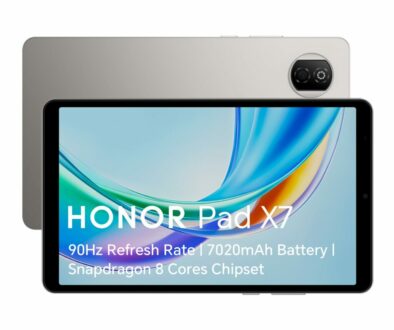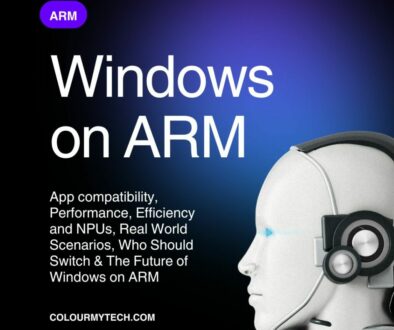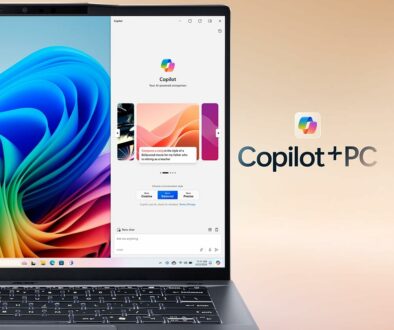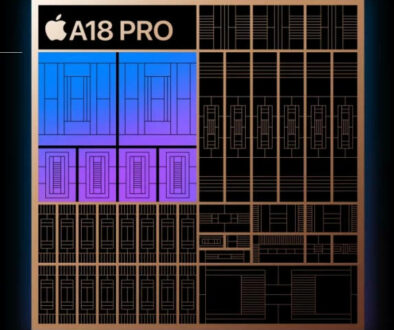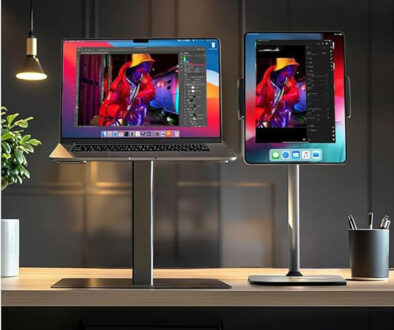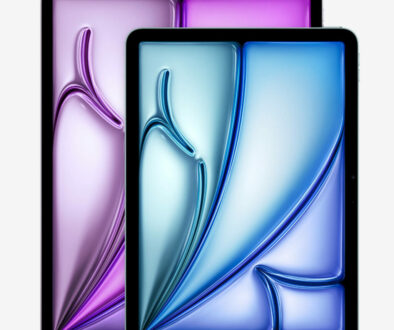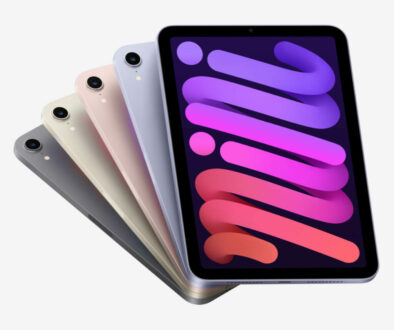MediaTek Helio G99 vs Qualcomm Snapdragon 680: Which Mid-Range Chip Reigns in Tablets?
In 2025, the mid-range tablet market is hotter than ever. Manufacturers are pushing for better performance, smoother user experiences, and longer battery life, without going into flagship price territory. Two chips that frequently appear in this space are MediaTek’s Helio G99 and Qualcomm’s Snapdragon 680.

At first glance, they seem fairly similar: both target efficient performance, moderate gaming, and sensible power draw. But take a closer look, and you’ll find meaningful differences in architecture, efficiency, GPU capability and how well they handle real workloads in tablets. For buyers eyeing compact tablets or upgrading an older model, understanding which chip gives you better day-to-day performance (or which compromises are acceptable) can make all the difference.
In this article, I’ll break down what each chip does well (and where each struggles), show you which tablets already use them, and help you decide which one fits your needs best.

Chip Background & Architecture
Before we compare performance, let’s see where these chips come from and how they’re built:
MediaTek Helio G99 is built on a 6 nm process, featuring a CPU configuration of 2× Cortex-A76 cores + 6× Cortex-A55 cores, and a Mali-G57 MP2 GPU. Its architecture is optimised for balanced performance in both gaming and general use. (The G99 is used in a number of tablets and smartphones, see the listings below.)
Snapdragon 680 is also manufactured on 6 nm, but uses Qualcomm’s Kryo 265 core layout: 4 performance cores (Gold) + 4 efficiency cores (Silver), and pairs with an Adreno 610 GPU. It’s known for efficient power usage and solid mid-range performance.
Because both are built on 6 nm nodes, they have a competitive base for power efficiency. But differences in core configuration, cache, memory subsystem, and GPU architecture lead to divergent performance in real tasks, which we’ll explore next.

Tablets That Use Helio G99 & Snapdragon 680
To see how these chips perform in real devices, it’s useful to look at tablets currently shipping with them:
Snapdragon 680 Tablets
- The Xiaomi Redmi Pad SE is one of the more prominent tablets using Snapdragon 680. Xiaomi lists Snapdragon 680 in its spec sheet for the Pad SE.
- CHUWI HiPad Max is another tablet using Snapdragon 680, geared toward gaming and media, with 8 GB RAM and 128 GB storage.
- Honor Pad X7 is also reported to use Snapdragon 680, along with a 90 Hz display in some regions.
- Honor Pad X8a is an 11-inch 2K tablet with huge 8300mAh battery and quad speaker. Powered by Snapdragon 680 it has 4GB memory, 128GB storage and 14 hours battery life.

Helio G99 Tablets
- Lenovo Tab Plus features an 11.5-inch 2K display, 8GB of RAM, and 256GB of storage.
- The Oppo Pad Neo uses Helio G99 too (though at a larger form factor) worth noting to see how the chip scales in different tablet sizes.
- Samsung Galaxy Tab A9 known for its immersive display, multi-tasking capabilities with up to 8GB RAM, and 128GB of storage. Starting memory and storage 4GB and 64G.
- Samsung Galaxy Tab A11 perfect for daily tasks and light gaming combined with good battery life. You can read about the differences between about the differences between two 8.7-inch tablets, A9 and A11 in our earlier article.
- Other Models: UMIDIGI G3 Tab Ultra, UMDIGI Tablet 11 2K and TECLAST T65MAX

These real-world devices help us anchor performance expectations and see how theoretical differences translate to user experience.
Strengths & Weaknesses
Here’s how the two chips compare when it comes to what they do well and where they fall short:
Snapdragon 680 Strengths
Thanks to its 6 nm manufacturing process, the Snapdragon 680 tends to be more power-efficient, which helps in longer battery life and cooler operation under sustained workloads. It has higher CPU clock speeds and better memory throughput in many implementations, giving smoother UIs, faster app loading, and more responsive multitasking. The Adreno 610 GPU is well-optimised and often outperforms in mid-range gaming scenarios, making it a more versatile chip for entertainment and light gaming. In many device implementations, it also benefits from newer connectivity options and modem capabilities, giving potentially better wireless performance.
Snapdragon 680 Weaknesses
Because it’s positioned higher, devices using it may carry a slight price premium over those built with cheaper chips. Many 680-powered devices remain 4G-only, making them less future-proof if you plan to keep the device for many years and expect 5G connectivity.

Helio G99 Strengths
The Helio G99 delivers very good value: it can manage everyday tasks, streaming, browsing, and moderate gaming without breaking a sweat. It is widely adopted in budget to mid-tier tablets, making it easier to find devices at various price points. For a more modest hardware cost, it offers decent GPU performance and handles popular games at reasonable settings.
Helio G99 Weaknesses
Its older architecture may mean it is slightly less efficient than Snapdragon 680, leading to more heat or throttling under heavy loads. It tends to lag behind in memory throughput or modem speeds in some implementations, which can affect multitasking, downloads, or streaming at higher bitrates. When pushing it with demanding workloads e.g. high frame-rate gaming, video editing, complex multitasking, the G99 may show its limitations more clearly. It also does not support 5G.

Benchmark & Real-World Performance
Synthetic benchmarks give us a broad look at raw performance, but real-world responsiveness is what matters most in daily use.
In most tests, Helio G99 and Snapdragon 680 trade blows. The G99’s Cortex-A76 performance cores give it an edge in CPU-intensive workloads, things like app installation, file compression and burst tasks that benefit from raw core power. However, the Snapdragon 680 often comes out ahead in sustained performance thanks to better power management and thermal control on its 6 nm architecture. That doesn’t mean that G99 is no good. Its single core and multicore performance out performs Snapdragon 680. On Geekbench 6 single-core and multi-core it scored 712 and 1875 respectively.
GPU performance, handled by the Mali-G57 MP2 (Helio G99) and Adreno 610 (Snapdragon 680), is another area of close competition. The Adreno GPU tends to perform better in many Android games, offering smoother frame rates and broader app optimisation. Meanwhile, the G99’s GPU can deliver strong results in games like Mobile Legends or PUBG Mobile, but it sometimes falls behind in titles that demand heavy 3D rendering or use advanced graphical effects. Our experience is reflected in the AuTuTu score where MediaTek Helio G99 scores 422K while Snapdragon 680 scored 308K. This increase in performance is thanks to the dual pipeline design on Mali-G57 MP2.
In real terms, both chips easily handle 1080p video streaming, web browsing, social media, light photo editing, and basic office work. You’ll only notice the difference when switching between many apps, editing videos, or gaming for long stretches, areas where the Snapdragon’s sustained efficiency and optimised GPU provide a subtle but tangible advantage.
For more benchmarks, check Nanoreview.net
WINNER: Helio G99

Power Efficiency & Battery Life
Both chips are built on TSMC’s 6 nm process, but Qualcomm’s design has a slight edge in thermal efficiency and idle power draw. In tablets using similar battery capacities (around 5,100 mAh to 7,000 mAh), the Snapdragon 680 can often stretch battery life by an extra hour or two during mixed use.
That said, MediaTek’s Helio G99 is no slouch. It performs admirably in long video playback tests and can achieve near-identical battery endurance when tuned properly by manufacturers like Lenovo and Oppo. The difference in efficiency mainly appears under heavy workloads, where the Snapdragon chip tends to run cooler and maintain performance longer before throttling.
In day-to-day scenarios (reading, watching, browsing) both chips can easily deliver up to 10 hours of screen time, depending on brightness, connectivity, and software optimisation.
WINNER: Snapdragon 680

Connectivity & Features
Neither chip supports 5G, which may disappoint users looking for long-term future-proofing. However, both include dual 4G VoLTE, Wi-Fi 5, Bluetooth 5.3, and GPS + GLONASS support. The Snapdragon 680 benefits from Qualcomm’s mature modem stack and better signal stability in some implementations, while the Helio G99 still performs solidly in most use cases. Both can pair with high-resolution displays (up to Full HD+), large storage configurations, and high-speed memory, which explains why they appear in a wide range of tablets between £150 – £250.
WINNER: Draw
Use Cases: Which Chip Fits Your Needs?
For Students & Casual Users:
The Helio G99 is excellent value for general tablet use: note-taking, video calls, YouTube, or streaming. Devices like the Lenovo Tab Plus or Oppo Pad Neo with the G99 offer a great balance of cost and capability.
For Professionals or Long-Session Users:
The Snapdragon 680’s efficiency and better-optimised GPU make it ideal for users who multitask heavily or spend long hours reading, browsing, or working on productivity apps. Tablets like the Xiaomi Redmi Pad SE benefit from smoother transitions and better thermal management.
For Gamers on a Budget:
The G99 delivers higher short-burst CPU performance, meaning it can sometimes handle graphics-intensive games at medium settings with better initial frame rates. However, the Snapdragon 680 keeps things steadier over time, so you’ll have fewer dips during long sessions.
Which One Should You Choose?
The MediaTek Helio G99 and Qualcomm Snapdragon 680 are remarkably close competitors — both efficient, both capable, and both powering some of the most popular mid-range tablets today.
If you prioritise raw CPU power and affordability, the Helio G99 is the stronger pick. It offers excellent day-to-day performance, decent gaming, and solid value across multiple brands.
If you prefer smoother multitasking, better sustained graphics, and longer battery life, then the Snapdragon 680makes more sense — particularly if you plan to use your tablet for work, streaming, or school.
Ultimately, your decision may come down to device choice rather than chip alone. With the G99 powering versatile models like the Samsung Galaxy Tab A11 and A9, Lenovo Tab M11 and Oppo Pad Neo, and the Snapdragon 680 inside the Xiaomi Redmi Pad SE and several others, both camps offer smart, capable, compact tablets that deliver far more than their price tags suggest.
You can find the small tablets mentioned here on Best Small Tablets: iPad mini alternatives.
Helio G99 vs Snapdragon 680: Quick Specs Comparison
| Feature | MediaTek Helio G99 | Qualcomm Snapdragon 680 |
|---|---|---|
| Manufacturing Process | 6 nm (TSMC) | 6 nm (TSMC) |
| CPU Architecture | 2× Cortex-A76 @ 2.2 GHz + 6× Cortex-A55 @ 2.0 GHz | 4× Kryo 265 Gold (A73) @ 2.4 GHz + 4× Kryo 265 Silver (A53) @ 1.9 GHz |
| GPU | Mali-G57 MC2 | Adreno 610 |
| Connectivity | 4G LTE (Cat-13), Wi-Fi 5, Bluetooth 5.3, GPS | 4G LTE (Cat-13), Wi-Fi 5, Bluetooth 5.1, GPS |
| Display Support | Up to Full HD+ @ 120 Hz | Up to Full HD+ @ 90 Hz |
| Memory Support | LPDDR4X, UFS 2.2 | LPDDR4X, UFS 2.2 |
| AI Engine | MediaTek APU 2.0 | Qualcomm AI Engine (Hexagon DSP) |
| Camera Support | Up to 108 MP | Up to 64 MP |
| Battery Efficiency | Very good (6 nm + power-saving design) | Excellent (6 nm + advanced power gating) |
| Best Use Cases | Budget gaming, general performance, affordable tablets | Balanced multitasking, efficiency, productivity tablets |
| Example Devices | Lenovo Tab M11, Oppo Pad Neo, Infinix Zero Pad | Xiaomi Redmi Pad SE, Nokia T21, Honor Pad X9 |
Both the Helio G99 and Snapdragon 680 are efficient mid-range chipsets with excellent balance between performance and battery life.
- Choose Helio G99 for stronger CPU bursts and gaming value.
- Choose Snapdragon 680 for smoother multitasking, better GPU stability, and superior power management.


